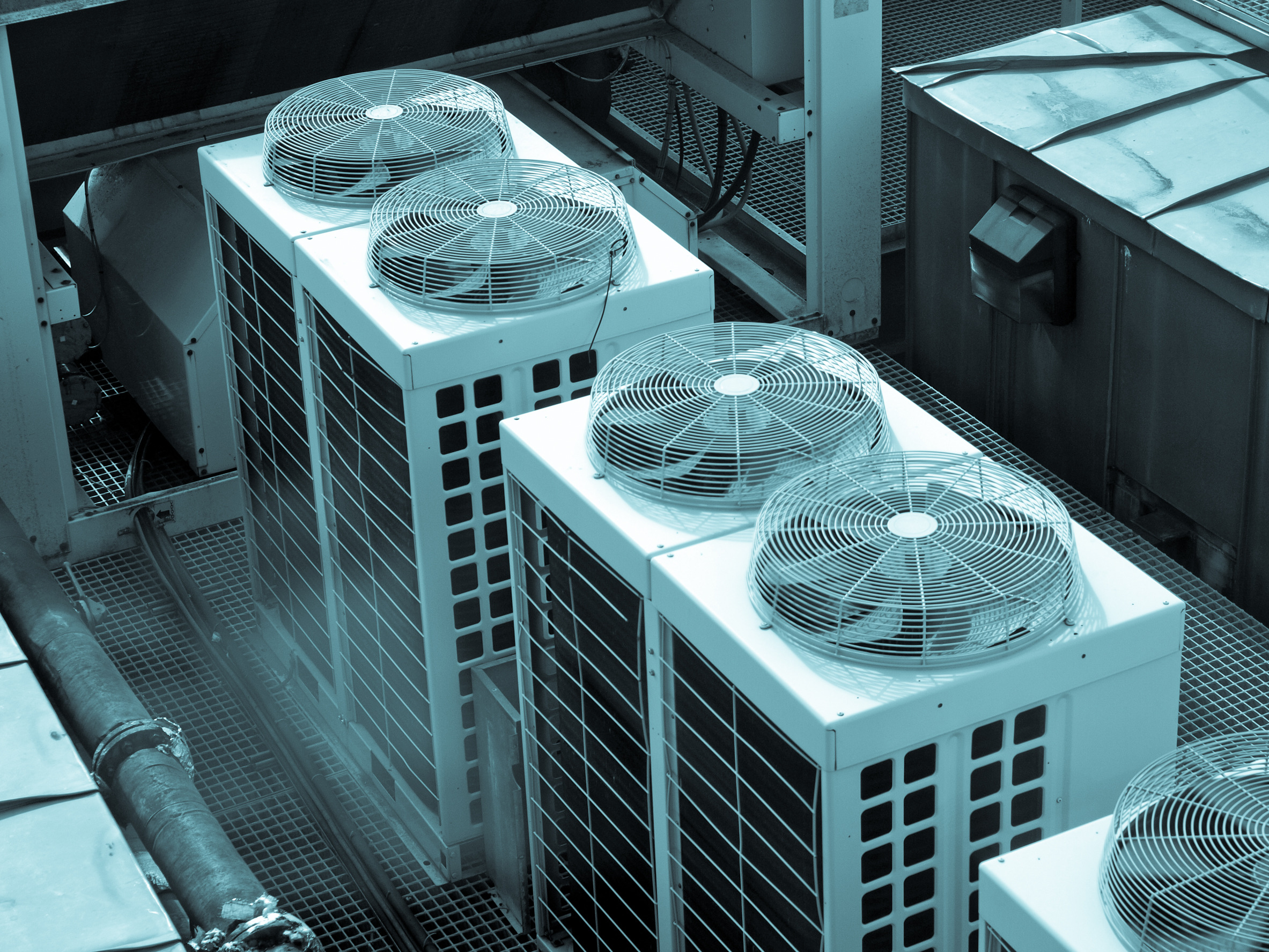Heating, Ventilation, and Air Conditioning (HVAC) systems are crucial components of modern buildings, providing thermal comfort and maintaining indoor air quality. They are essential for residential, commercial, and industrial environments, ensuring a comfortable and healthy living and working space. This article delves into the components, functions, and types of HVAC systems, along with their importance, maintenance, and advancements in technology.

Components of HVAC Systems
HVAC systems comprise several key components, each playing a vital role in heating, cooling, and ventilating indoor spaces:
- Heating Units: These typically include furnaces, boilers, or heat pumps. Furnaces heat air using fuel combustion or electric resistance, while boilers heat water to provide radiant or baseboard heating. Heat pumps transfer heat from one place to another, serving dual purposes of heating and cooling.
- Ventilation Systems: These consist of ducts, vents, and fans that circulate air within the building. They remove stale air and introduce fresh air from outside, improving indoor air quality by diluting pollutants and controlling humidity.
- Air Conditioning Units: These include central air conditioners, split systems, and window units. They cool indoor air by removing heat and moisture, enhancing comfort during hot weather.
- Thermostats and Controls: These devices regulate the operation of HVAC systems, maintaining desired temperature and humidity levels. Advanced thermostats offer programmable and smart features for energy efficiency and convenience.
Functions of HVAC Systems
HVAC systems serve several critical functions:
- Heating: Ensures indoor spaces remain warm during cold weather, preventing discomfort and potential health issues.
- Cooling: Lowers indoor temperatures during hot weather, preventing heat-related illnesses and improving comfort.
- Ventilation: Maintains indoor air quality by removing pollutants, controlling humidity, and ensuring a supply of fresh air.
- Air Filtration: Filters out dust, pollen, and other airborne particles, contributing to a healthier indoor environment.
Types of HVAC Systems
HVAC systems can be categorized into several types, each suitable for different applications:
- Split and Window AC Systems: Common in residential buildings, these systems consist of an indoor unit and an outdoor unit, connected by refrigerant lines. They are known for their energy efficiency and easy installation.
- Packaged HVAC Systems: Used in small commercial buildings, these systems combine heating and cooling components in a single unit, typically installed on the roof or a concrete slab near the building.
- Central HVAC Systems: Ideal for large buildings, these systems use a network of ducts to distribute heated or cooled air throughout the building. They offer centralized control and are known for their efficiency in large-scale applications.
- Ductless Mini-Split Systems: Suitable for homes without ductwork, these systems consist of an outdoor compressor and one or more indoor air-handling units. They provide zoned heating and cooling, allowing independent temperature control in different areas.
Importance of HVAC Systems
HVAC systems are vital for several reasons:
- Comfort: They maintain a consistent and comfortable indoor environment, regardless of external weather conditions.
- Health: Proper ventilation and air filtration reduce the presence of allergens and pollutants, promoting better respiratory health.
- Energy Efficiency: Modern HVAC systems are designed to be energy-efficient, reducing energy consumption and lowering utility bills.
- Property Value: Efficient and well-maintained HVAC systems enhance the value of residential and commercial properties.
Maintenance of HVAC Systems
Regular maintenance is crucial to ensure the optimal performance and longevity of HVAC systems:
- Filter Replacement: Air filters should be checked and replaced regularly to maintain air quality and system efficiency.
- System Cleaning: Components such as coils, ducts, and vents should be cleaned periodically to prevent dust and debris buildup.
- Professional Inspections: Annual inspections by certified HVAC technicians can identify and address potential issues before they become major problems.
- Thermostat Calibration: Ensuring thermostats are properly calibrated can improve system performance and energy efficiency.
Advancements in HVAC Technology
Recent advancements in HVAC technology have focused on improving efficiency, sustainability, and user convenience:
- Smart Thermostats: These devices offer programmable schedules, remote control via smartphones, and learning capabilities to optimize energy usage.
- Variable Refrigerant Flow (VRF) Systems: VRF technology allows for precise temperature control in different zones, enhancing comfort and efficiency.
- Geothermal Heat Pumps: These systems utilize the stable temperatures of the earth to provide heating and cooling, offering a sustainable and energy-efficient solution.
- Energy Recovery Ventilators (ERVs): ERVs improve indoor air quality by exchanging stale indoor air with fresh outdoor air while recovering energy from the exhaust air.
HVAC systems are integral to maintaining comfortable and healthy indoor environments. Understanding their components, functions, and types can help in making informed decisions about installation, maintenance, and upgrades. As technology advances, HVAC systems continue to become more efficient, sustainable, and user-friendly, ensuring they meet the evolving needs of modern living and working spaces. Regular maintenance and embracing new technologies can maximize the benefits of HVAC systems, contributing to improved comfort, health, and energy efficiency.
